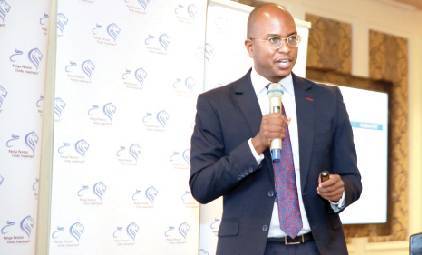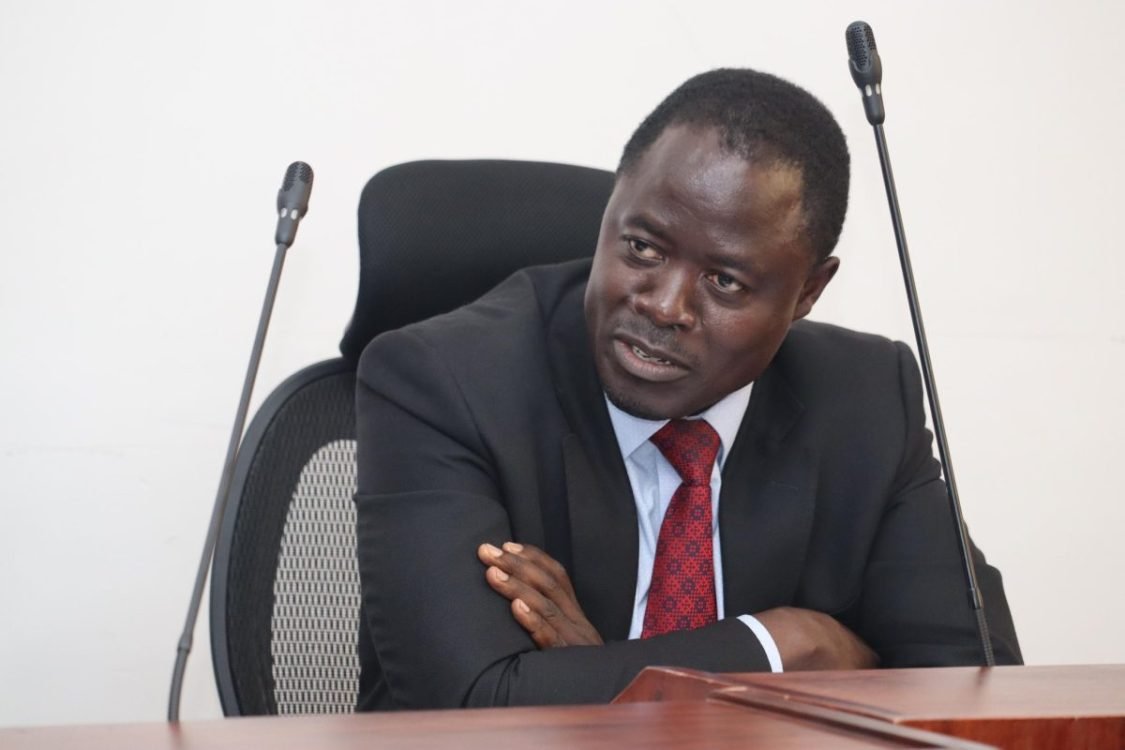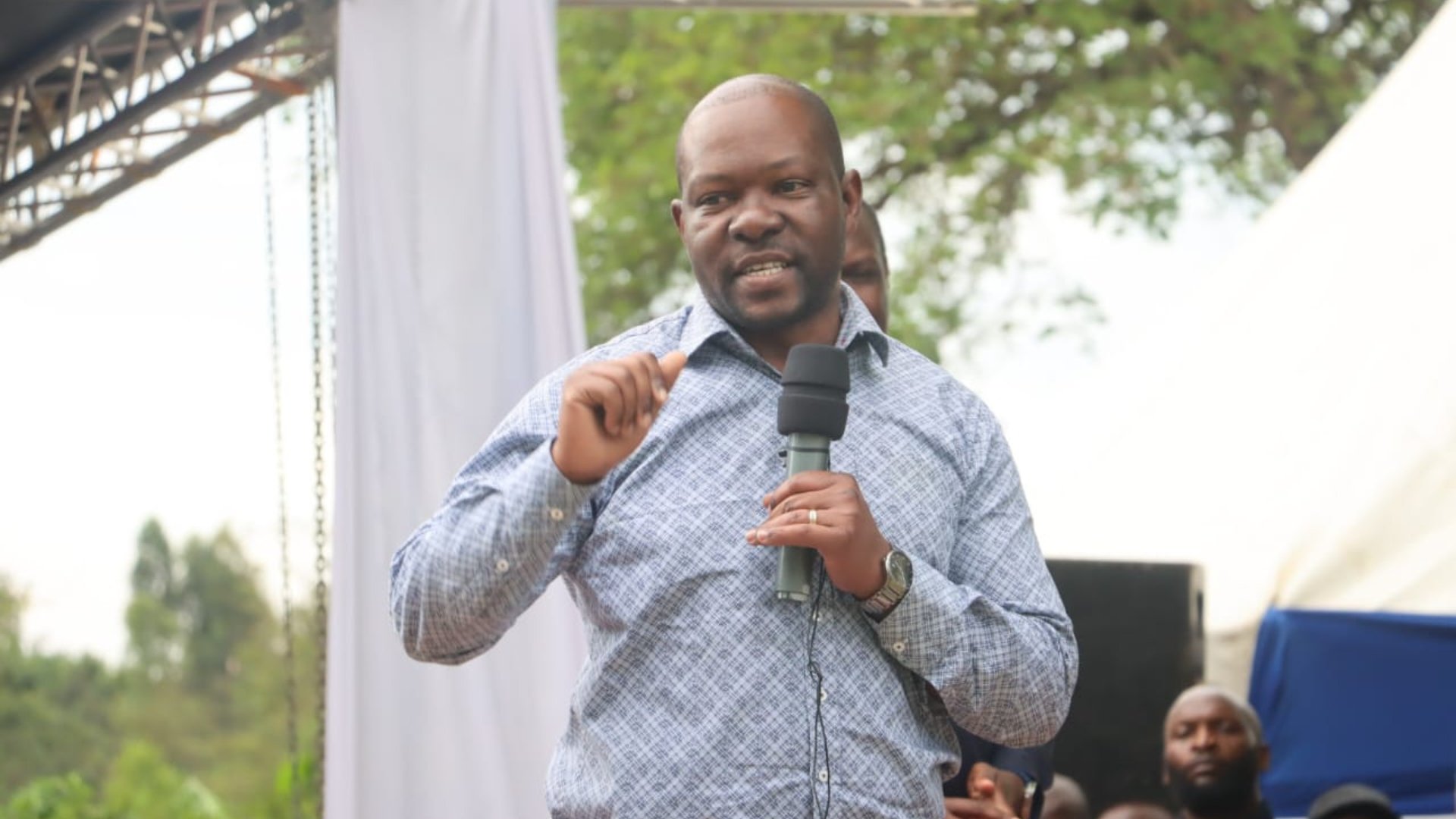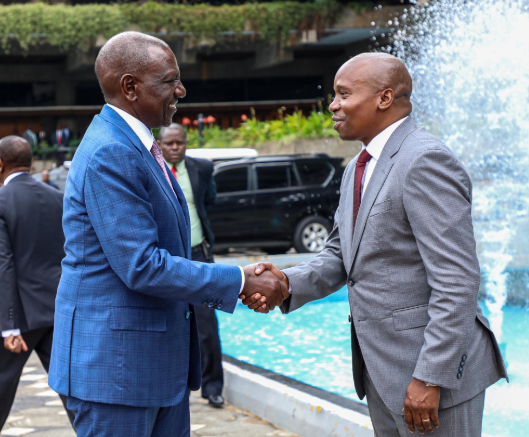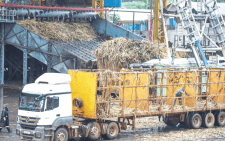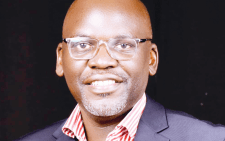Pension schemes mull Sh25b for infrastructure

Lewis Njoka @LewisNjoka
Retirement schemes seek to mobilise and invest up to Sh25 billion in sustainable long-term infrastructure projects and alternative assets over the next five years.
The investment will target sectors such as energy, transport and telecommunication in what is a deviation from the norm where pension funds sunk money in government securities and long term assets.
Fifteen retirement funds have come together under the umbrella of Kenya Pension Fund Investment Consortium (Kepfic) to execute the investment strategy.
Among them are Kenya Revenue Authority Staff Pension Scheme, Safaricom Staff Pension Scheme, KenGen Staff Retirement Benefits Scheme, and Kenya Pipeline Company Retirement Benefits Scheme.
Kepfic chairman Sundeep Raichura said pooling resources will enable the funds invest in classes that require more resources, as opposed to a single fund, freeing money from the restriction of investing in only limited classes of assets.
“Launching Kepfic is a huge milestone, not just for pension schemes, but also for the country,” he said during the official launch of the consortium at a Nairobi hotel yesterday.
“With national and county governments facing a growing budget deficit and competing needs, pension funds through Kepfic will be well positioned to help bridge the infrastructure funding gap,” Raichura added.
He said infrastructure development was a key economic driver for Kenya, adding that the fund would collaborate with other funds in the UK and the US to attain the intended goal.
According to Retirements Benefits Authority (RBA), Kenya has 1,300 pension funds with an asset base of Sh1.32 trillion.
However, the law only allows them to invest up to 10 per cent of their worth.
The initiative comes at a time when the government is engaged in huge infrastructural projects but is at the same time seeking to move away from commercial loans to concessional loans, saying they are costly and are hurting Kenya’s credit profile.
Speaking at the launch Treasury Principal Secretary, Julius Muia, said the move by the pension funds was a welcome one, adding it would help the government address gaps in funding.
Private sector
“When we have an opportunity where the government does not have to rely on traditional sources, that is taxes and borrowing, we welcome it with both hands,” he said.
Muia reiterated the government’s commitment to work with the private sector under Public Private Partnership (PPP) agreements saying private sector was the true engine of development.
Kenya’s annual infrastructure funding gap currently stands at more than Sh200 billion ($1.8 billion) presenting private investors with numerous opportunities in sectors such as power, transportation, and urban development.
Pension funds are the ideal funding partners for infrastructure projects due to their longer return on investment horizons and play a significant role in financing infrastructure projects in many countries, including the United States.
However, individual pension funds in Kenya frequently lack the capacity to venture into big-ticket infrastructure projects alone. KEPFIC seeks to address this challenge, by pooling resources from individual funds.
“The United States Government is pleased to support a Kenyan institution that presents an innovative approach to infrastructure investment in Kenya, as it follows recent changes to the Retirement Benefits Authority guidelines allowing pension funds in Kenya to invest up to 10 per cent of their assets into infrastructure, potentially unlocking over Sh100 billion ($917 million),” said US Ambassador Kyle McCarter who attended the event.

